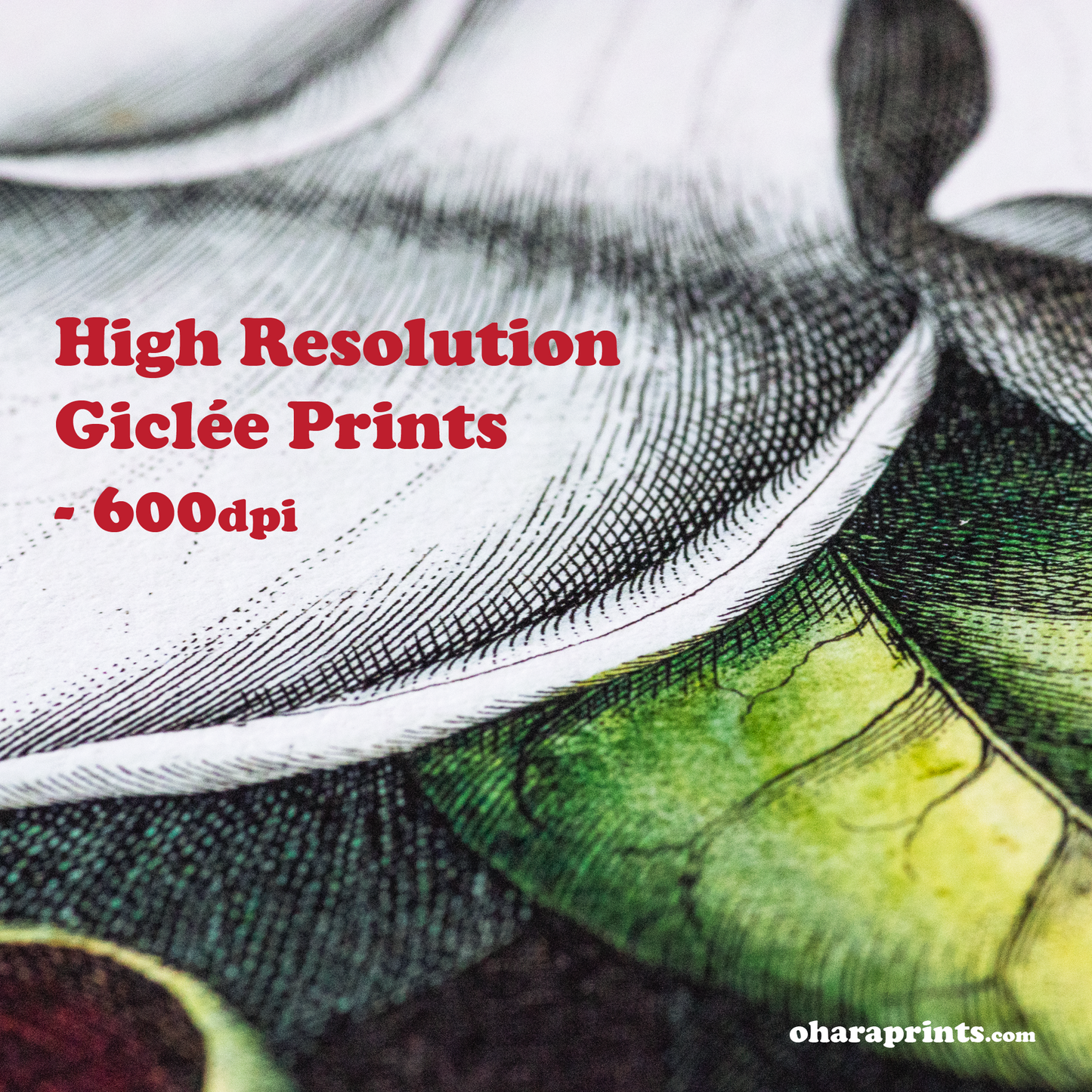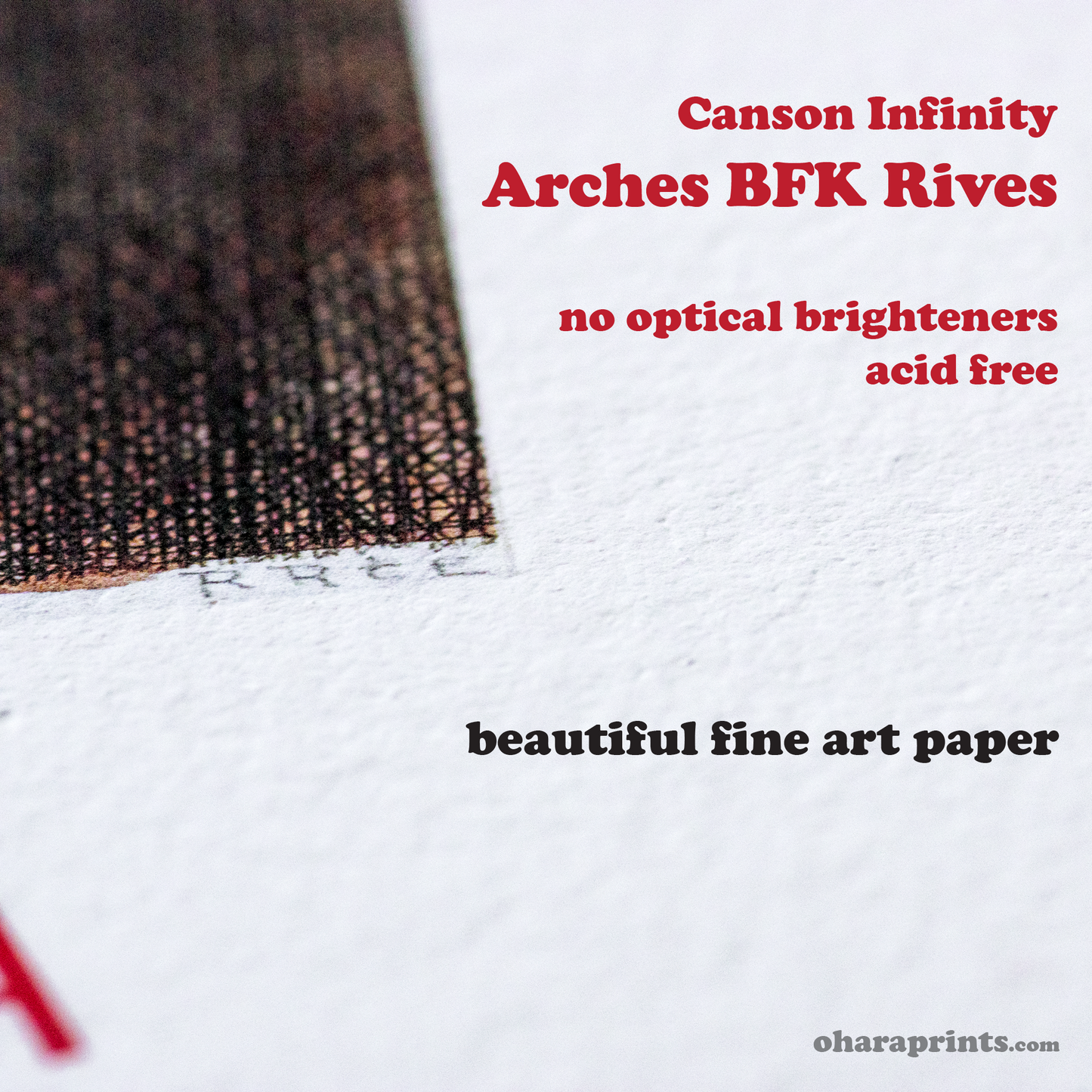Ohara Prints
SANDRO BOTTICELLI - Idealised Portrait of a Lady
SANDRO BOTTICELLI - Idealised Portrait of a Lady
Couldn't load pickup availability
THE ARTWORK
Sandro Botticelli's Idealised Portrait of a Lady (also known as Portrait of Simonetta Vespucci) is a striking example of Renaissance portraiture, created in the late 15th century. This painting reflects the Renaissance ideals of beauty, grace, and classical features. The woman portrayed, often believed to be Simonetta Vespucci, a renowned beauty and muse of the era, is shown in profile, following the traditional style of formal Italian portraiture.
Her delicate features, flowing golden hair, and ornate dress emphasize an almost ethereal beauty. The painting also reflects Botticelli's skill in capturing detail, especially in the intricately braided hair and floral adornments. Symbolism is central, with the woman's serene expression and classical profile hinting at virtues like chastity, grace, and nobility.
Though the identity of the sitter is debated, the painting is widely seen as an idealized representation of feminine beauty, combining Botticelli’s characteristic elegance with the humanist values of the Renaissance.
THE ARTIST
Sandro Botticelli (1445–1510) was a key figure in the early Italian Renaissance, known for his delicate, poetic style that captured both religious themes and classical mythology. Born Alessandro di Mariano di Vanni Filipepi in Florence, Botticelli trained under Fra Filippo Lippi, a major influence on his art. His early works were characterized by soft lines, graceful figures, and an almost ethereal beauty.
Botticelli’s best-known paintings include The Birth of Venus and Primavera, both of which reflect his fascination with mythological subjects and Neoplatonism, a philosophical system blending pagan and Christian elements. These works showcase his mastery of line and composition, as well as his ability to convey emotion and beauty through idealized human forms. His use of flowing drapery, soft contours, and vibrant colors made his style distinctive.
In addition to mythological scenes, Botticelli created religious works like The Adoration of the Magi and various Madonna paintings, demonstrating his versatility and spiritual depth. He was closely linked to the Medici family, who were significant patrons of his work.
Toward the end of his life, Botticelli’s popularity waned as tastes shifted toward more realistic styles. However, his work was rediscovered in the 19th century, and today, he is celebrated as one of the great masters of the Renaissance.
THE PRINT
• A4 Size = 29.7cm x 21cm = 11.7" x 8.25"
• A3 Size = 42cm x 29.7cm = 16.5" x 11.7"
• High resolution giclée print - 600dpi
• Printed to order
• Unframed & unmounted
• Professionally printed using Canon imagePROGRAF printers
• Digitally restored by OharaPrints from high resolution scans of the original artwork
• Made in and shipped from Casterton, Victoria, Australia
PAPER
• Canson Infinity - Arches BFK Rives White
• Paper weight = 310gsm
• 100% cotton
• Archival, museum grade
• Acid free
• No OBAs (optical brightening agents)
Arches BFK Rives is a high-quality, archival-grade paper manufactured at the Arches paper mill in France - one of the oldest papermakers in Europe. It is made from 100% cotton rag using a time-honoured manufacturing process, giving the paper exceptional durability, longevity, and resistance to yellowing or deterioration over time. Despite its substantial weight and thickness it maintains a very soft and supple feel. The paper has a natural white tone and is completely free of any optical brighteners (OBAs), allowing for superb colour rendition and deep blacks.
INK
• Canon Lucia Pro Inks
• Pigment based
• Archival, museum-grade
• Brilliant colours, even gradient and razor-sharp lines
• Highly stable and fade resistant, excellent humidity-fastness
SHIPPING & HANDLING
• All orders are dispatched on the NEXT BUSINESS DAY after receiving the order
• All prints are shipped via AUSTRALIA POST with TRACKING
• For postage rates and estimated delivery times please see our SHIPPING page
• All prints are shipped flat, not rolled
• Each print is individually placed into a resealable, archival grade plastic protective sleeve
• Prints are carefully packaged in very sturdy 700gsm cardboard envelopes, along with 1050gsm boxboard sheets which provide extra strength & rigidity to prevent bending or folding during transit
Share




















